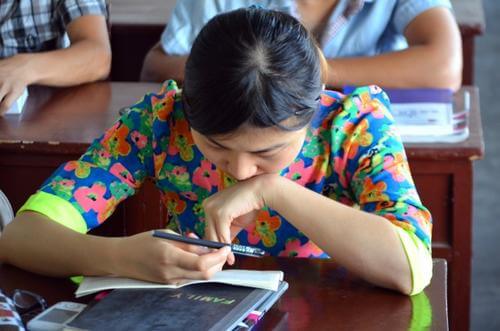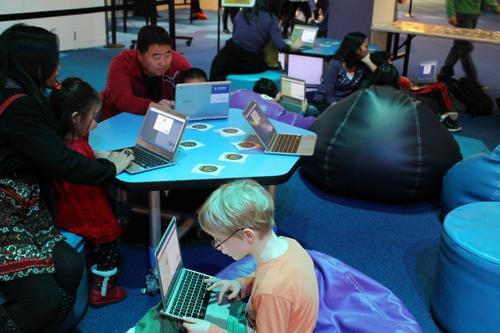For anyone who ever doubted the plausibility of student-centered learning
At first, student-centered learning sounds like complete chaos. In a class of about 30, how can teachers ever know, and then account for, each student’s learning style?
Since student-centered learning aims to empower individuals to invest in their learning process, students absorb, rather than memorize, information. Once this occurs, students feel empowered and motivated and the teacher’s capacity to educate grows infinitely.
Above all doubts, this “new” teaching strategy (the Chinese have been using these values for years) has turned passive learning into a norm of the past. Encouraging classmates to take initiative and claim their independence can yield valuable lifetime skills.
Here are 3 Ways Classrooms in 2017 Reflect Real-Life:
We are Unique
The notion that “one-size fits all”, such as a fad diet claiming anyone will drop 5 pounds, has long been criticized for its failure to acknowledge fundamental differences among people. In order to successfully help students progress, it is not enough to solely analyze big data, like standardized tests that assess the student-body as a whole. Schools need to account for individual needs in addition to big data. Everyone is different and we all follow different paths in life, so why continue teaching as if those differences disappear once students enter the classroom?
So, how can we ever hope to understand individual student needs? We can use small dataor information gathered through teacher and student observations, assessments and reflections. This detail-oriented data serves as a key leverage educators can use to help each of their students reach their potential. For example, small data can be used to generate online student profiles so teachers are always up to date, no matter how much time they’ve known their students.
Finding a platform to easily achieve this is easier than ever before. Aperture Educationis a company that takes the guess work out of creating a student-customized curriculum. The company provides social and emotional learning (SEL) programs that measure students’ SEL skills and then provide guidance on how to improve these skills.
We Listen When We’re Interested
Starting a new class topic has almost become synonymous with the thought, ‘Not sure what we even learned last class, guess I’ll play catch up later.” Those who do end up catching up, find the best ways to memorize the material, take the test and then forget what they studied.
This doesn’t mean students don’t care to learn. Outside of school, they actively seek information to make sure they aren’t left in the dark. In the “real” world, children and teens want to learn and insist they do not lack life experience.
So, how can we help students apply that same interest inside the classroom? Through engaging students. Teachers who focus on creating meaningful and relevant lessons, succeed in keeping students active in the learning process. Therefore, student-teacher interactions are a great way to excite students throughout class and get them to listen.
EdTech is a perfect platform to engage students, who spend countless hours using technology. CodeMonkey is a fun way to help educators teach coding in a way that supports students to learn important skills at their own pace.
CodeMonkey enables teachers to keep tabs on student progress every step of the way. Since teachers are able to track individual development, they can customize their lessons to better suit individuals.
Every Minute Counts
While students can’t wait for class-time to pass, teachers see time as a valuable currency that gets measured in how much material they cover. In an effort to maximize time, teachers tend to prioritize class material over class discussion. Meanwhile, the students lose track of the information, and teachers lose their students’ focus.
ForClass is a great solution for teachers who need help managing class time. ForClass helps teachers use class-time in an engaging and effective way, so when class ends it is the students who wish they had more time.
Teacher-centered learning continues to lose status quo as more people drop the belief that repetition is conducive to learning. The dialogue surrounding 21st century teaching practices marks a shift in paradigm; one where small data is as critical as big data, EdTech is used alongside teaching and students are encouraged to lead class discussions.










